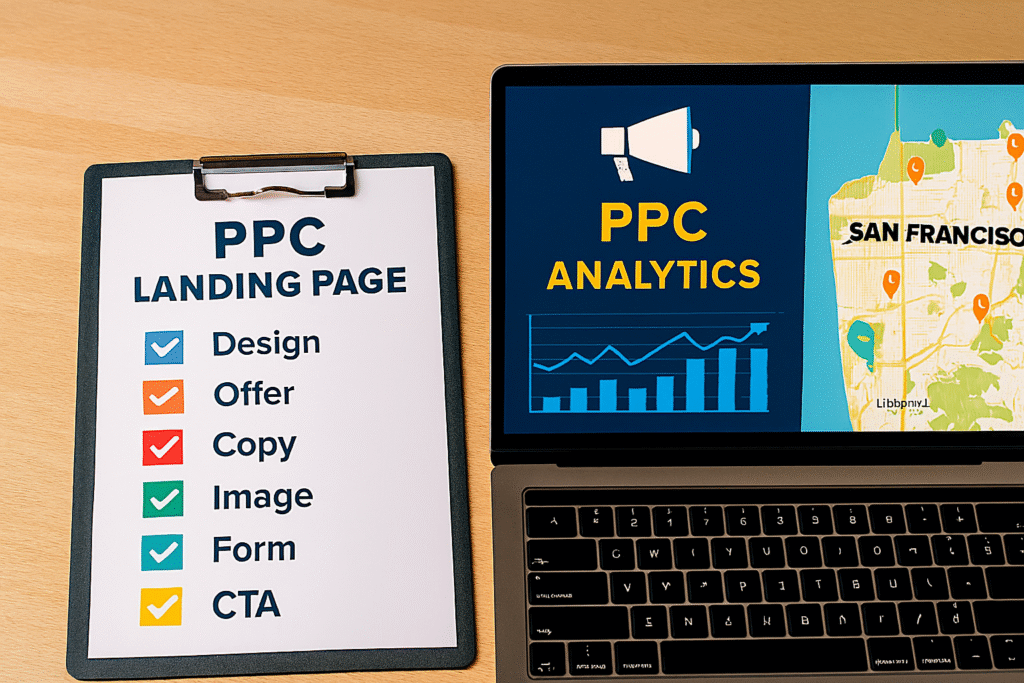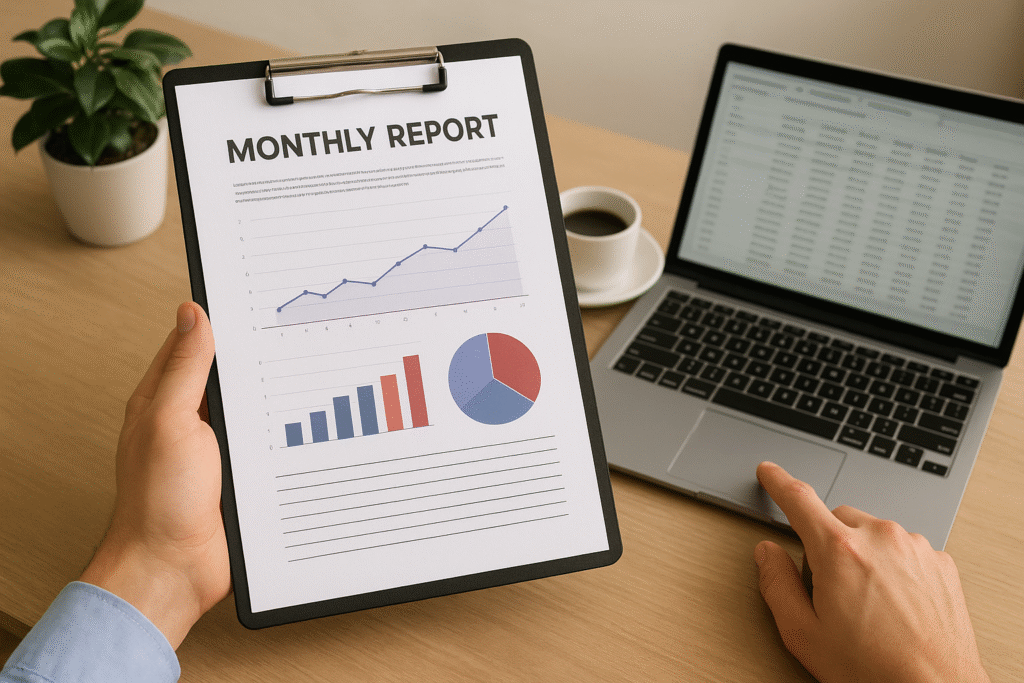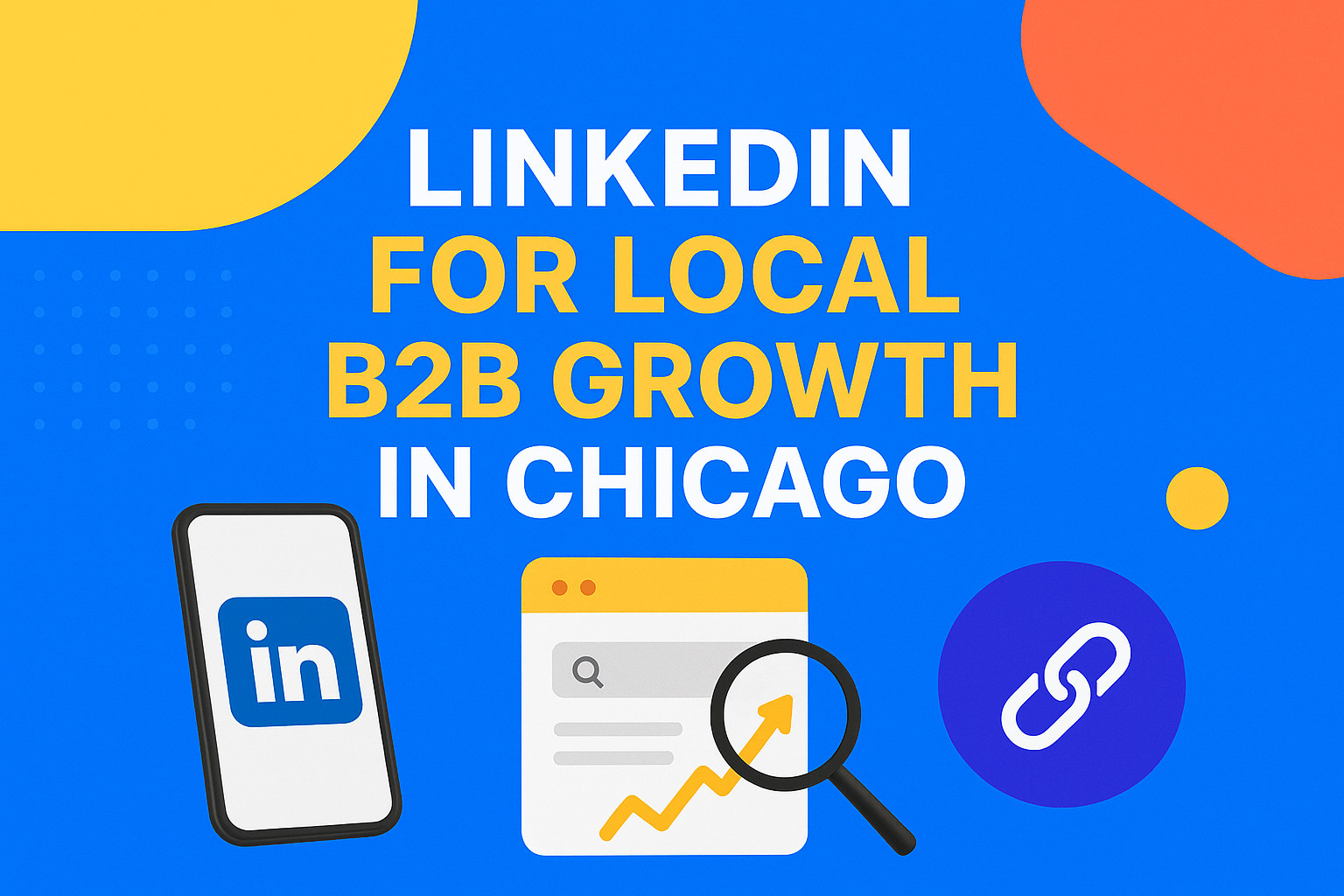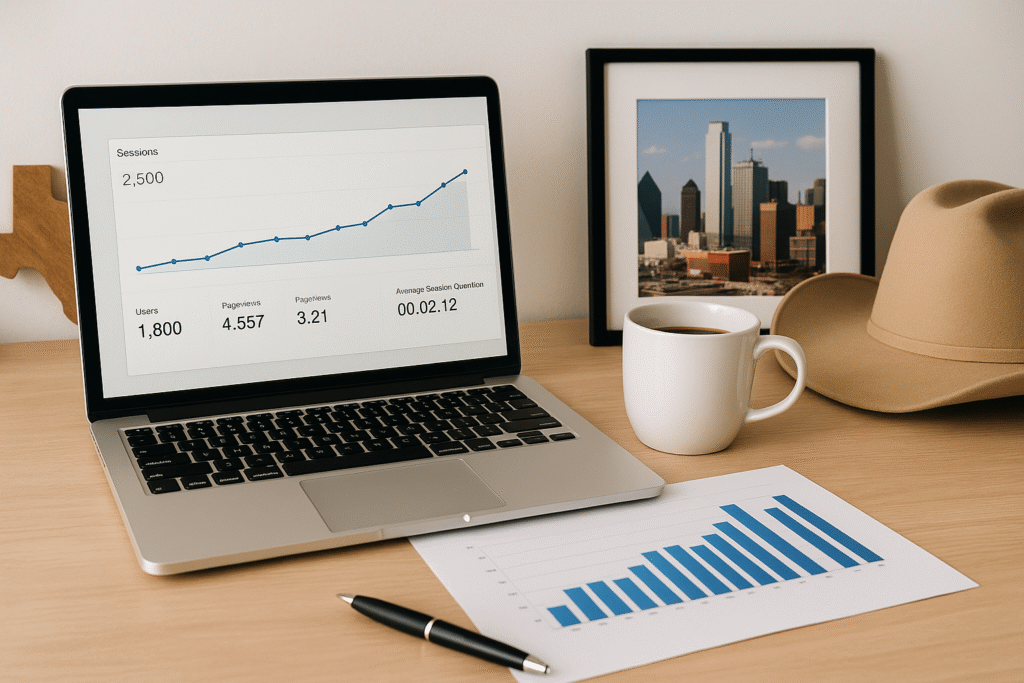Local Webinar Ideas for Health Experts in Phoenix

The healthcare industry in Phoenix is highly competitive, with private practices, hospitals, and wellness experts all vying for patient trust. One of the most effective ways I’ve seen health experts stand out is through webinars. Done correctly, webinars are not just about education — they’re about building credibility, attracting local patients, and creating long-term relationships. […]
How to Build a Full-Funnel Digital Marketing Strategy

One of the biggest mistakes I see businesses make is treating digital marketing as a series of disconnected campaigns. They run a Facebook ad here, publish a blog there, and maybe send out an email newsletter — but none of it ties together. That’s why learning how to build a full-funnel digital marketing strategy is […]
PPC Landing Page Ideas for San Francisco Startups

In the fast-paced world of Silicon Valley and beyond, startups in San Francisco are constantly fighting for attention. Whether you’re a SaaS company, a fintech disruptor, or a local service startup, your paid campaigns live or die by one thing: your landing page. I’ve worked with countless startups over the years, and I can say […]
My Exact Guest Posting Process (2025 Version)

Guest posting has been around for more than a decade, and many marketers have debated whether it’s still effective. Some say it’s outdated, while others insist it’s one of the best long-term SEO strategies. After years of testing and refining, I can confidently say guest posting remains one of the most powerful tactics for brand […]
How I Deal with Clients Who Want Instant Results

One of the biggest challenges I face in digital marketing isn’t ranking websites or running ads — it’s managing client expectations. Almost every professional in this space has heard the phrase, “How soon can we see results?” The truth is, marketing takes time. But in a world where business owners are bombarded with promises of […]
What Works in YouTube Ads for Dallas Marketers

Dallas is one of the most competitive business hubs in Texas, where marketers fight to capture attention across industries like real estate, healthcare, retail, and technology. While social platforms like Facebook and Instagram often take the spotlight, YouTube remains one of the most underutilized yet powerful tools for local marketing. With over 2.7 billion monthly […]
Client Education SOP: How I Onboard for SEO Success

When I first started working with SEO clients, one of the biggest challenges wasn’t just ranking websites — it was making sure clients actually understood the process. That’s where building a client education SOP for SEO success changed everything. By having a structured way to onboard clients, I not only save time but also establish […]
SOP: Delivering Monthly Reports Without Overwhelm

If you’ve ever managed multiple clients in digital marketing, you know the recurring challenge: how do you deliver detailed monthly reports without creating overwhelm — for yourself or your clients? Building an effective SOP delivering monthly reports without overwhelm isn’t just about sending data. It’s about structuring insights, aligning metrics with client goals, and presenting […]
LinkedIn for Local B2B Growth in Chicago

When it comes to professional networking, no platform offers the scale and precision of LinkedIn. But while many businesses use LinkedIn for broad outreach, few harness its potential for local B2B growth in Chicago. The truth is, LinkedIn can be one of the most effective channels for local lead generation, relationship building, and brand positioning […]
What Makes a Website Convert in Dallas

In today’s digital marketplace, having a website is no longer enough. Every business in Dallas, from local restaurants in Deep Ellum to law firms in Uptown, has a digital presence. The real question is: does your website actually drive leads and sales? Understanding what makes a website convert in Dallas comes down to a blend […]
